Let's talk Newfoundlands
The gentle giants of the dog world, Newfoundlands may look rather formidable, but they also have one of the sweetest natures of any breed. Great with children and other animals, once trained, there’s little that fazes these docile dogs. Thanks to their powerful, muscular bodies and good coordination, they make excellent rescue animals—and they’re adept swimmers too. Made famous by J.M. Barrie in Peter Pan as the children’s nanny, the Newfoundland has long been a star of the canine world.
Official name: Newfoundland
Other names: Newfie, Nanny Dog
Origins: Canada
Drooling tendencies
4 out of 5Grooming needs
3 out of 5Shedding Level
4 out of 5Barking tendencies
3 out of 5Energy level*
3 out of 5Compatibility with other pets
4 out of 5Warm weather?
1 out of 5Cold weather?
5 out of 5Suited to apartment living
1 out of 5Can stay alone*
1 out of 5Family pet?*
4 out of 5
| Male | Female |
|---|---|
| 71 - 72 cm | 66 - 67 cm |
| 68 - 69 kg | 54 - 55 kg |
| Life Stage | |
|---|---|
| Adult | |
| 8 months to 2 years | |
| Mature | Senior |
| 2 to 5 years | From 5 years |
| Baby | |
| Birth to 2 months | |
Drooling tendencies
4 out of 5Grooming needs
3 out of 5Shedding Level
4 out of 5Barking tendencies
3 out of 5Energy level*
3 out of 5Compatibility with other pets
4 out of 5Warm weather?
1 out of 5Cold weather?
5 out of 5Suited to apartment living
1 out of 5Can stay alone*
1 out of 5Family pet?*
4 out of 5
| Male | Female |
|---|---|
| 71 - 72 cm | 66 - 67 cm |
| 68 - 69 kg | 54 - 55 kg |
| Life Stage | |
|---|---|
| Adult | |
| 8 months to 2 years | |
| Mature | Senior |
| 2 to 5 years | From 5 years |
| Baby | |
| Birth to 2 months | |
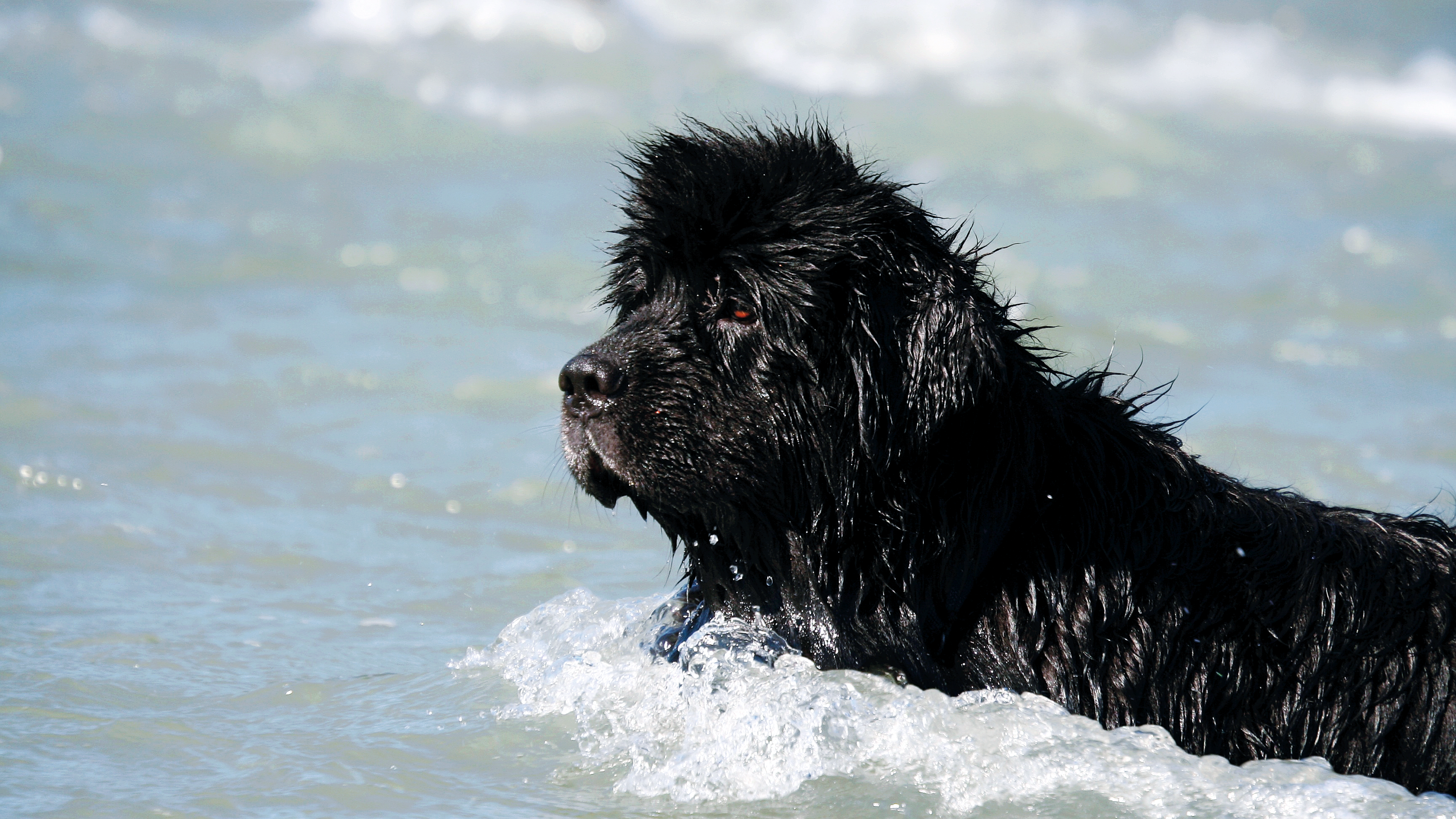
Get to know the Newfoundland
All you need to know about the breed
One of the biggest dogs in the world, the Newfoundland is also renowned as one of (wo)man’s most beloved breeds. Known for being a hero of the dog community, they have long been established as one of the best all-round rescue animals. As at home in the mountains as they are at sea, they are a regular fixture among rescue teams all over the globe.
Good swimmers, the Newfoundland’s body was made for being in the water. As well as their waterproof coats and powerful, rudder-like tails, they also have unusual webbed feet. Their large lung capacity enables the dog to swim long distances too. They are also strong enough to bring a fully grown man back to the shoreline.
Despite their huge size, Herculean strength and apparent fearlessness, these noble giants are also known for being unexpectedly gentle dogs. With their easy-going personality, the Newfoundland is usually fine with children and other pets, once trained. Also very affectionate animals, Newfoundlands form a powerful bond with their human families, though this means they don’t do well left alone.
Their thick shaggy coats, while their crowning glory, do require a bit of care – and they will need at least an hour of moderate exercise each day. The Newfoundland also thrives on human interaction. But, overall, they are really quite easy dogs considering they often weigh more than their owners.
Not surprisingly, given their venerated background, Newfoundlands feature regularly in popular culture – from films and books to paintings. Perhaps the best-known example is that of ‘Nana’ in J.M. Barrie’s classic childhood story, Peter Pan. And in fact, Barrie and his wife Mary had a much-loved Newfoundland of their own.
In terms of their lifespan, Newfoundlands can also live up to a top age of 16. So, in summary, you’ll have a devoted, hardy and intelligent companion in a Newfoundland. Plus, their almost teddy-bear-like features and hangdog expression make them hard to resist.
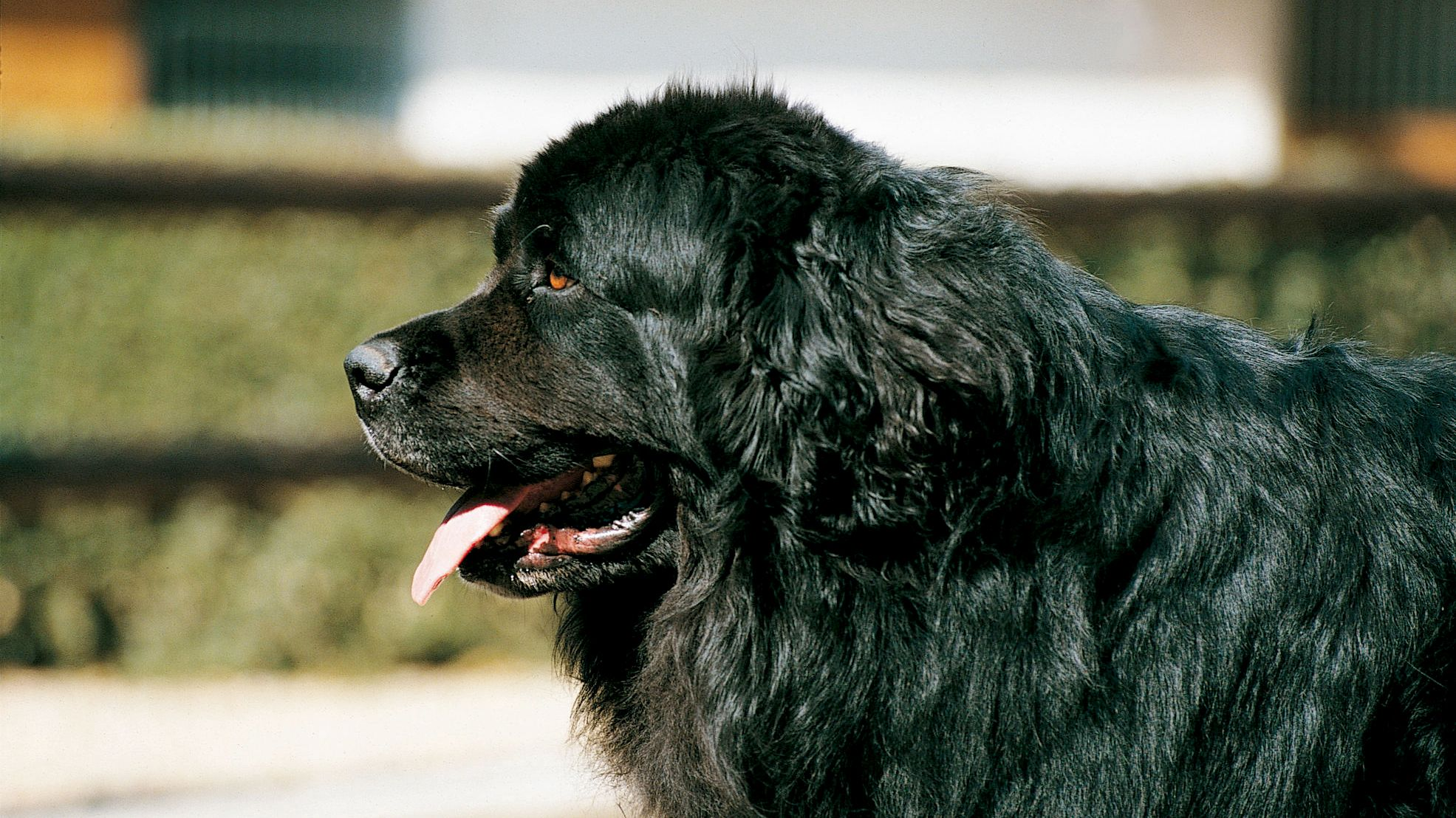
2 facts about Newfoundlands
1. The Buffalo Soldier
In 1802, when Lewis and Clark began their famous trek across the American continent, they were accompanied by a Newfoundland called Seaman. During the expedition, he famously saved their lives by chasing off a charging buffalo.
2. A brush with fame
The 19th-century artist Sir Edwin Landseer inadvertently helped to popularise the Newfoundland breed when he featured them in his paintings. In fact, such was his influence that the black-and-white variety was subsequently named after him. For more on the Newfoundland’s history, see below.

History of the breed
Hailing from the Canadian island of the same name, the origins of the Newfoundland go back several centuries. Their ancestors are thought to have been a cross between a local indigenous breed and the large black ‘bear’ dogs brought over by the Vikings. As time went on, they were also crossed with other breeds introduced by European fishermen. By the early 1600’s, the Newfoundland resembled the breed that we know and love today.
Throughout this time, Newfoundlands have always been a dog associated with water. Born swimmers, they were a fixture on Canadian fishing boats for generations, playing a role in countless water rescues. Stories of the breed’s bravery are documented throughout history and, even today, the Newfoundland is an integral member of many international rescue teams.
Aside from their more heroic work, Newfoundlands were also utilised by fishermen to help pull their full nets out of the water. Elsewhere, with their considerable strength, they were used to haul carts. Over time, their popularity spread far and wide and the first Newfoundland club was founded in England in 1886. They were recognised by the American Kennel Club that same year.
From head to tail
Physical characteristics of Newfoundlands
1.Ears
2.Head
3.Body
4.Tail
5.Coat
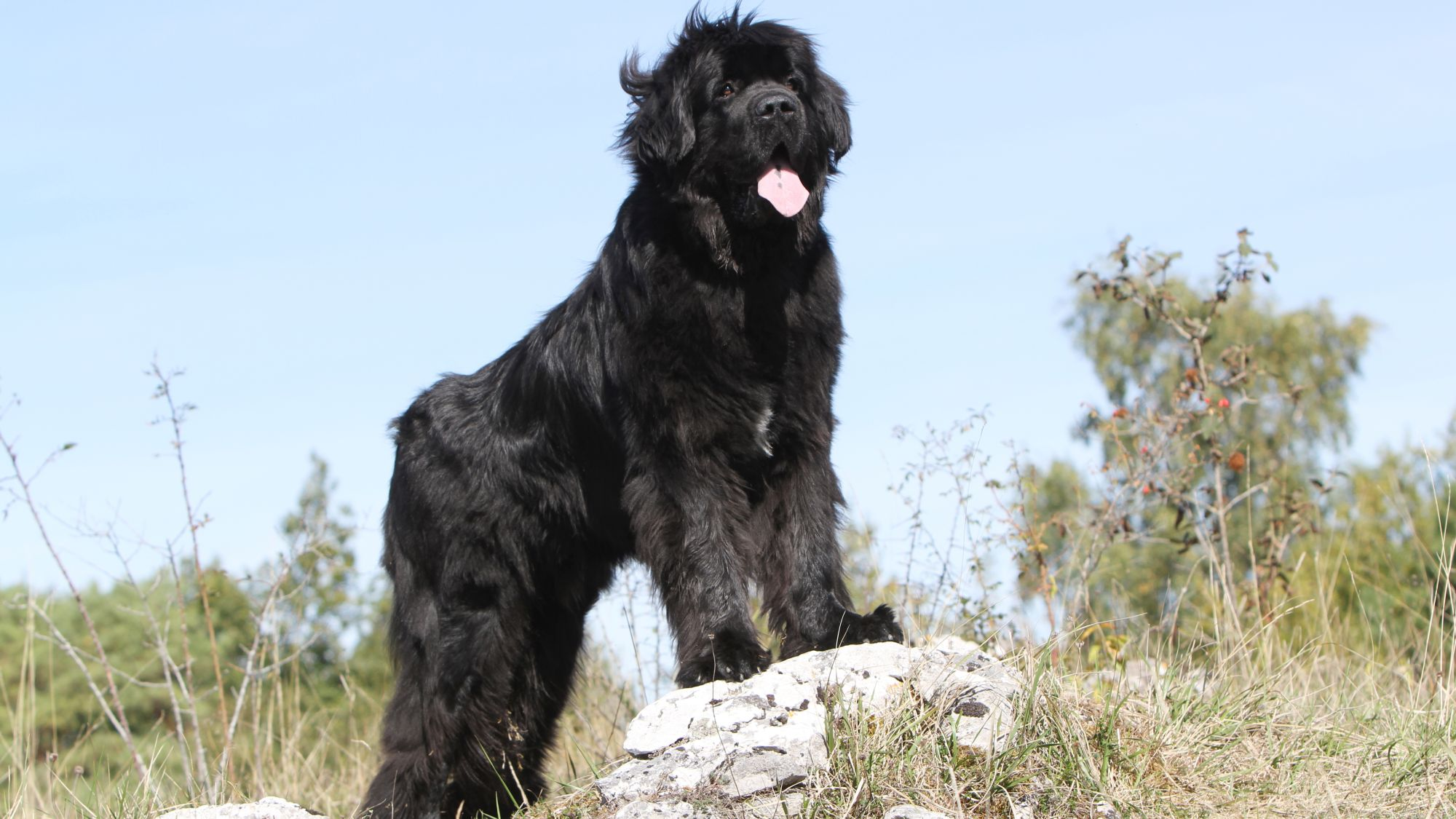
Things to look out for
From specific breed traits to a general health overview, here are some interesting facts about your Newfoundland
It’s important to be aware of something called ‘bloat’.
Otherwise known as ‘gastric dilatation and volvulus’ (GDV), this is a potentially life-threatening condition where the stomach “turns”—thereby causing a build-up of excess gas, fluid and food. As large, deep-chested dogs like the Newfoundland can be predisposed to GDV, it’s imperative to know the signs. Although still little understood, contributory factors may include eating or drinking too much in one go or exercising too soon after eating. In any event, if your Newfoundland starts looking anxious or unwell, or begins to retch, drool or show abdominal distension, call the vet right away. Also, breaking up their food allowance into several meals a day is recommended and exercise should be left at least an hour after mealtimes.
Another thing to look out for: Hip and elbow problems
Like many larger dog breeds, the Newfoundland can be particularly susceptible to something known as hip and elbow dysplasia—a developmental disorder that can result in abnormal wearing of the bones and joints. However, responsible breeders should be screening for conditions such as these. Also, it’s possible to reduce the risks by ensuring that Newfoundland puppies are fed with a specially formulated food for their size. This will help to ensure they develop at the right rate and, therefore, avoid placing undue stress on their body as they grow.
While fairly hardy, they don’t do so well in heat.
Hailing as they do from an island with an extreme climate, and adept at powering their way through icy waters, this a breed that can deal with pretty difficult conditions. However, one thing the Newfoundland does not do so well with is hot weather. With their thick, water-resistant double coat, they are much better suited to the cold. Furthermore, their black fur tends to absorb the heat. For that reason, it’s best to keep them out of the midday sun. Also, during the summer, their walks should be timed for first thing in the morning or last thing at night—or take advantage of their true nature and head to the lake for a swim. For more information on your Newfoundland’s exercise requirements, see below.
Healthy diet, healthier dog
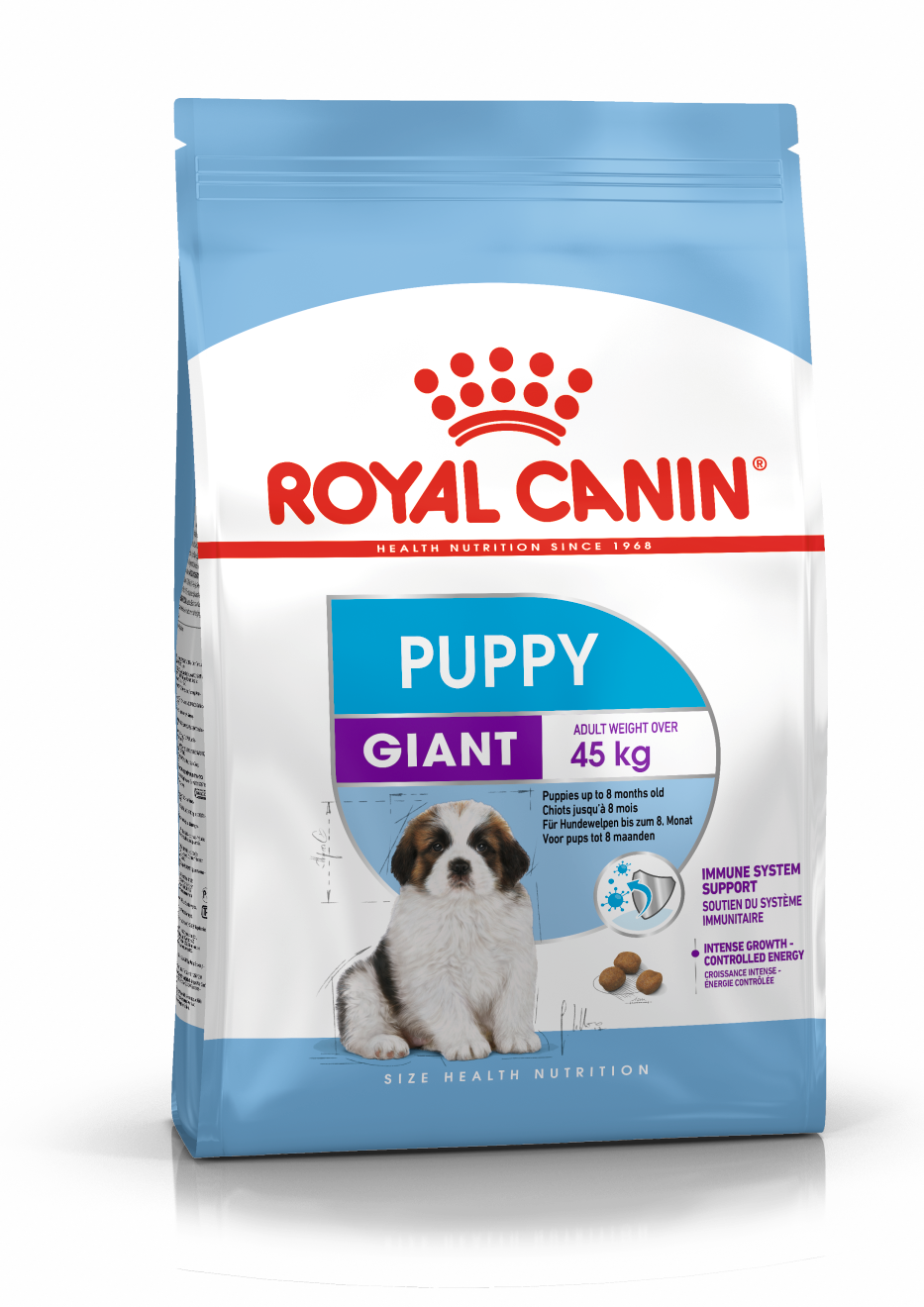
When choosing food for a Newfoundland, there are many factors to consider: their age, lifestyle, activity level, physical condition, and health including potential sickness or sensitivities. Food provides energy to cover a dog’s vital functions, and a complete nutritional formula should contain an adjusted balance of nutrients to avoid any deficiency or excess in their diet, both of which could have adverse effects on the dog. As giant-sized breed dogs have a higher risk of a condition called gastric dilatation volvulus (GDV), where the stomach becomes overstretched and rotated because of excess gas, usually caused by overfeeding during a meal, it’s recommended to split the daily allowance into three meals for puppies and try to keep this routine into their adult years.
Clean and fresh water should be available at all times to support good urinary regularity. In hot weather and especially when out exercising, bring water along for your dog’s frequent water breaks. Energy intake may also have to be adapted to the climatic conditions. A dog that lives outdoors in winter will have increased energy requirements.
The following recommendations are for healthy animals. If your dog has health problems, please consult your veterinarian who will prescribe an exclusively veterinary diet.
A Newfoundland puppy’s requirements, in terms of energy, protein, minerals and vitamins, are greater than those of an adult dog. They need energy and nutrients to maintain their body, but also to grow and build it. During their growth, Newfoundland puppies’ immune system develops gradually. A complex of antioxidants - including vitamin E - can help support their natural defences during this time of big changes, discoveries, and new encounters. Their digestive functions are different from an adult Newfoundland’s, too: their digestive system is not mature yet so it is important to provide highly digestible proteins that will be effectively used for the building of bones, tissues, and organs. Prebiotics, such as fructo-oligosaccharides, can support digestive health by helping balance the intestinal flora, resulting in good stool.
Giant-sized puppies, whose growth period is long and intense, are especially susceptible to skeletal and joint problems, including limb defects, bone deformities, and joint lesions.
The first part of growth (up to 8 months) is mainly concerned with bone development, although the muscles also start to grow. This means that a puppy that eats too much (takes in too much energy) will put on too much weight and grow too quickly. A food with an adjusted calorie content to support a high growth rate while at the same time avoiding excess weight gain will help minimise these risks. A balance of energy and minerals (calcium and phosphorus) during this first phase of growth will contribute to bone mineralisation in order to support bone consolidation and the development of healthy joints. Although the calcium content in the food needs to be increased, giant-sized breed puppies are more sensitive to excessive calcium intake. It’s important to understand then that adding any ingredients to a complete food formulated for the growth phase is at best unnecessary and at worst dangerous for the animal, unless prescribed by a veterinarian.
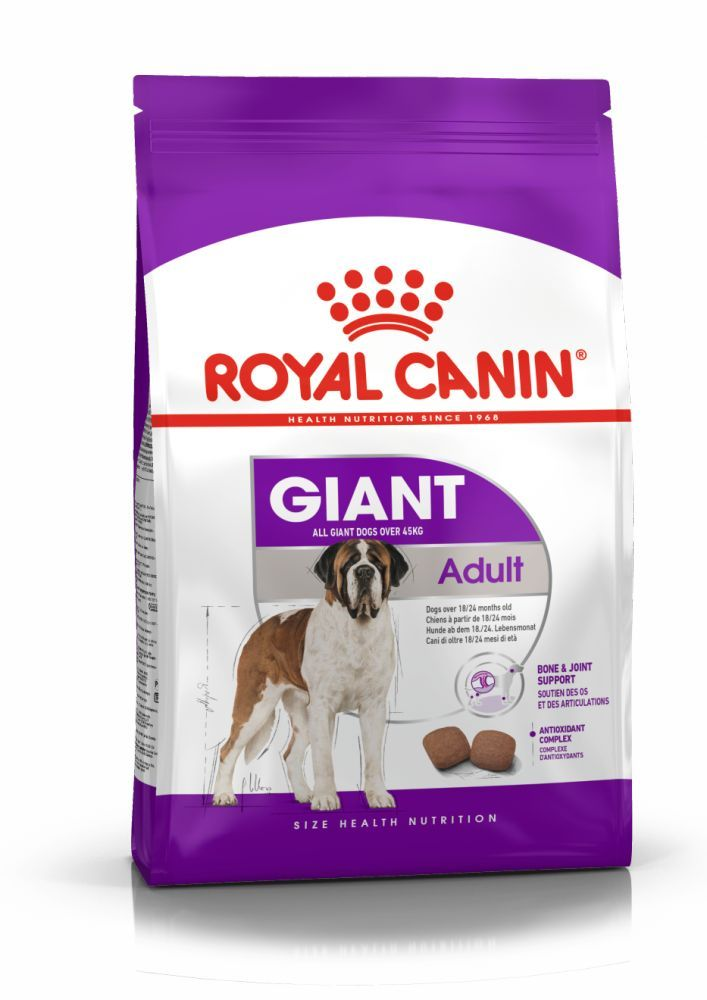
As many giant-sized breed dogs, Newfoundlands are prone to digestive sensitivity, and their body weight can create stress on their joints throughout their lifetime. Newfoundlands’ nutritional needs then should include high quality protein and a balanced supply of dietary fibre to help promote optimal digestibility, as well as glucosamine, chondroitin, and antioxidants to help support the health of their bones and joints. A formula enriched with omega-3 fatty acids, such as EPA-DHA, will help maintain healthy skin. An adapted taurine content is also important to support healthy heart function.
It is important to avoid feeding Newfoundlands human foods or fatty snacks. Instead, reward them with kibble taken from their daily meal allowance, and strictly follow the feeding guidelines written on the package.
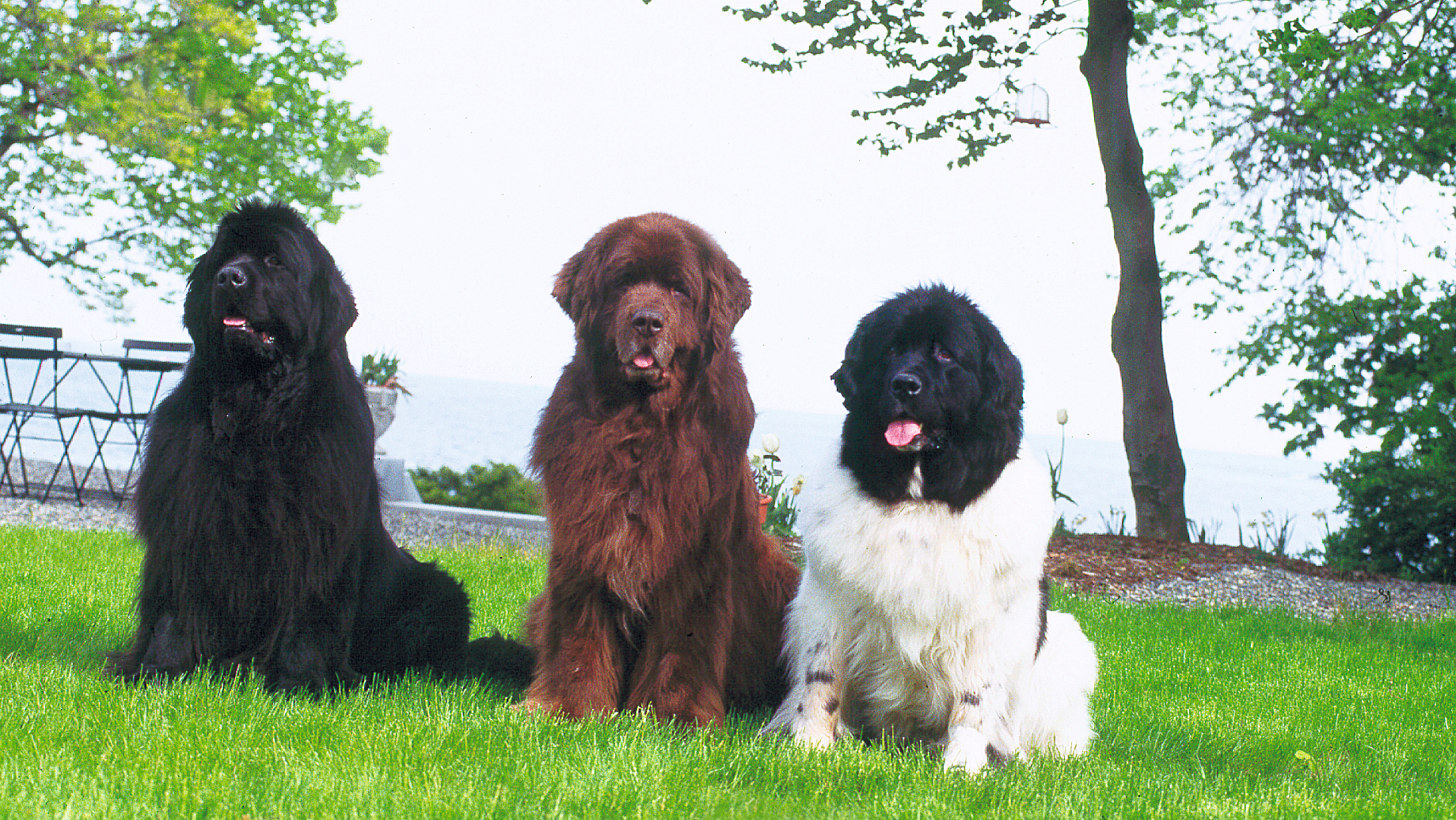
Caring for your Newfoundland
Grooming, training and exercise tips
Despite their large size, Newfoundlands don’t need quite as much exercise as you might think. An hour of moderate activity every day should be enough to keep them stimulated and healthy, though they’ll appreciate more when possible. Given their backgrounds as working animals, the Newfoundland enjoys outdoor activities and will be happy to trot alongside you on a walk or a hike – though hot weather is best avoided. Also, did we mention that they like swimming? So, if you can factor that into their routine, so much the better. The Newfoundland will also enjoy a good game of anything in the garden, as long as it’s with you, and they can do well at some canine sports.
The Newfoundland has a distinctive longish coat that comprises two parts. On the top is a thick waterproof layer while underneath there is a soft dense undercoat. In terms of grooming your Newfoundland, it’s best to brush their coat at least a couple of times a week to avoid that shaggy-dog look. During the Newfoundland’s shedding periods, however, they will need brushing daily. Be prepared for some drooling too. Your Newfoundland will also benefit from a bath every now and again, with nails clipped as needed. As with all drop-eared dogs, their ears should be checked weekly for any debris or signs of infection. The Newfoundland also needs regular dental check-ups, to support good oral health, as well as their teeth being brushed at home.
Given their rescue-dog credentials, it’s perhaps no surprise that the Newfoundland is an intelligent breed that learns quickly. Also, with their calm and docile personality, the Newfoundland is one of the easier dogs to train. Nonetheless, your Newfoundland will benefit from puppy training classes, as much for the early socialisation. Later, they will also thrive in adult obedience sessions. For Newfoundland puppies destined to become rescue dogs, they will need to be carefully introduced to water by the age of four months and then given special training. In all cases, the Newfoundland responds best to gentle guidance and positive reinforcement.
Despite their large size, Newfoundlands don’t need quite as much exercise as you might think. An hour of moderate activity every day should be enough to keep them stimulated and healthy, though they’ll appreciate more when possible. Given their backgrounds as working animals, the Newfoundland enjoys outdoor activities and will be happy to trot alongside you on a walk or a hike – though hot weather is best avoided. Also, did we mention that they like swimming? So, if you can factor that into their routine, so much the better. The Newfoundland will also enjoy a good game of anything in the garden, as long as it’s with you, and they can do well at some canine sports.
The Newfoundland has a distinctive longish coat that comprises two parts. On the top is a thick waterproof layer while underneath there is a soft dense undercoat. In terms of grooming your Newfoundland, it’s best to brush their coat at least a couple of times a week to avoid that shaggy-dog look. During the Newfoundland’s shedding periods, however, they will need brushing daily. Be prepared for some drooling too. Your Newfoundland will also benefit from a bath every now and again, with nails clipped as needed. As with all drop-eared dogs, their ears should be checked weekly for any debris or signs of infection. The Newfoundland also needs regular dental check-ups, to support good oral health, as well as their teeth being brushed at home.
Given their rescue-dog credentials, it’s perhaps no surprise that the Newfoundland is an intelligent breed that learns quickly. Also, with their calm and docile personality, the Newfoundland is one of the easier dogs to train. Nonetheless, your Newfoundland will benefit from puppy training classes, as much for the early socialisation. Later, they will also thrive in adult obedience sessions. For Newfoundland puppies destined to become rescue dogs, they will need to be carefully introduced to water by the age of four months and then given special training. In all cases, the Newfoundland responds best to gentle guidance and positive reinforcement.
7/7
All about Newfoundlands
This is definitely a breed of dog where their bark is worse than their bite, figuratively speaking on that last part. Known for their calm and relaxed personality, Newfoundlands are generally good with kids and other animals, once trained, and rarely show any sign of aggression to anyone. However, they will come between their owner and a stranger if they sense danger.
As one of the largest types of dogs, the Newfoundland has a deep, loud bark to match – and that’s how they communicate. However, they don’t woof more than any other breed and, in some cases, can bark a lot less. Like all breeds, it depends on the individual dog.
Suggested Breeds
Read more on this topic
Sources
- Veterinary Centers of America https://vcahospitals.com/;
- Royal Canin Dog Encyclopaedia. Ed 2010 and 2020
- Banfield Pet Hospital https://www.banfield.com/
- Royal Canin BHN Product Book
- American Kennel Club https://www.akc.org/
Like & share this page